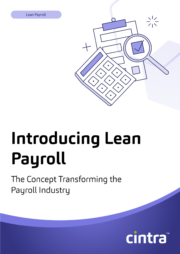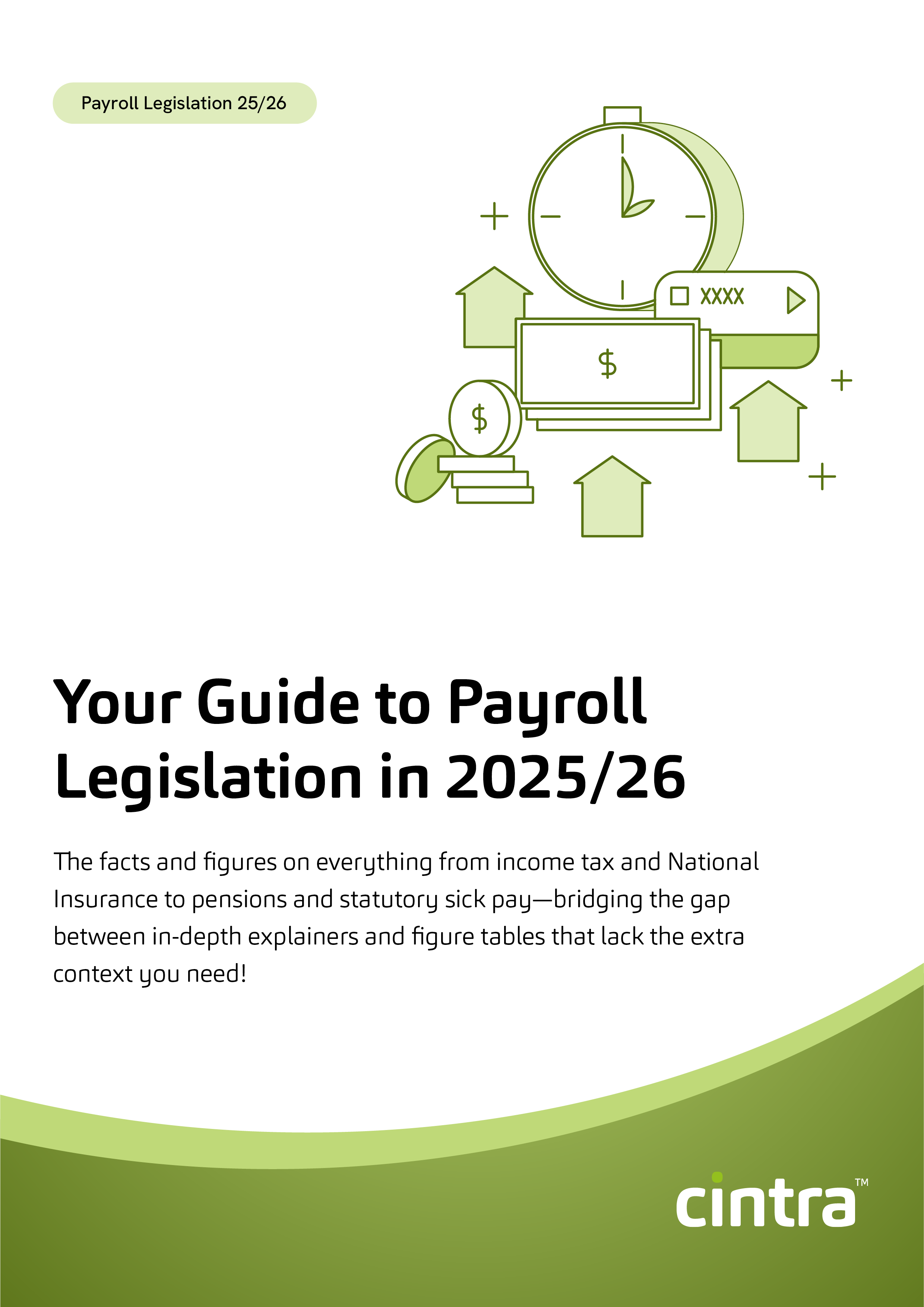Payroll management, with its complex networks of systems and processes, has historically been a challenging task filled with potential pitfalls and errors. And we want to introduce a new, transformational solution to those challenges—Lean Payroll.
Drawing from Lean Manufacturing principles, Lean Payroll brings in a fresh perspective. It looks at payroll not just as a necessary function, but as a strategic asset capable of driving efficiency, enhancing employee satisfaction, and contributing to an organisation’s overall success.
What is Lean Payroll, exactly?
The concept finds its roots in the Lean Manufacturing methodology, which prioritises minimising waste within manufacturing systems while maximising productivity. It was the Toyota Production System that first introduced these efficiency-boosting principles, which have since been adapted across various industries, transcending their manufacturing origins.
Lean Payroll is the application of these Lean principles to payroll management. The model focuses on evenly distributing payroll-related work, reducing unnecessary complexities, and alleviating undue burdens in the process—also known as the pillars of Lean: unevenness, waste, and overburden. The result is a streamlined, optimised payroll system that enhances both the payroll team’s performance and the organisation’s overall productivity.
Why is Lean Payroll important?
There’s an undeniable productivity gap between the manufacturing and service sectors. But Lean principles hold the potential to bridge this divide.
Manufacturing has embedded Lean practices for decades, seeing a consistent 3% annual increase in productivity. This has led to manufacturing operations becoming 3.6 times more productive since 1990. In contrast, service sectors—such as payroll—have seen only a 1% annual rise in productivity, resulting in a more modest 1.5 times increase over the same time period.
This discrepancy signals a need for a productivity overhaul in payroll processes, and Lean Payroll could be the catalyst for that change. With Lean, we’re not just adhering to the status quo of payroll processes. We’re actively striving to optimise these processes, making them as efficient as possible so time can be better spent elsewhere.
What are the benefits of Lean Payroll?
Among the many benefits of Lean Payroll is the drastic improvement in the efficiency and accuracy of payroll processes, reducing errors and their associated costs. By promoting an even distribution of work, Lean Payroll eliminates the frequent pressure surges that payroll teams often experience around cut-off dates, leading to a more balanced, less stressful work environment.
- Improved efficiency: streamline processes by eliminating unnecessary steps and redundancies to improve overall efficiency.
- Higher accuracy: minimise manual interventions and complexities, leading to fewer errors and increased payroll accuracy.
- Faster processes: foster proactive planning and organisation, helping to hugely speed up the payroll process.
- Even workload: eliminate the frequent pressure surges that payroll faces around cut-off dates, leading to a more balanced, less stressful work environment.
- Cost savings: save on operational expenses, labour costs and correction costs due to more accurate and efficient processes that require less resource.
Benefits beyond processes
The impact of Lean Payroll extends beyond streamlining processes. It ripples through an organisation, influencing its culture and dynamics.
For managers, Lean Payroll can be a game-changer. By reducing errors and minimising the need for time-consuming admin, it frees up managers’ time—allowing them to focus on strategic tasks that can drive growth.
- Manager engagement: empower managers by decentralising some payroll tasks, fostering a culture of ownership and accountability. With greater control and decision-making power, managers become more engaged in payroll processes.
- Employee trust and satisfaction: enhance payroll accuracy and boost employee trust and satisfaction, directly contributing to improved morale and productivity.
- Collaboration: create clear communication channels between managers and payrollers, ensuring they collaborate seamlessly on streamlined processes.
- Organisational performance: streamlines operations and free up valuable time, directly contributing to faster decision-making and higher productivity.
- Strategic value: with efficient processes and more available data, payroll departments can provide valuable insights into the workforce and enable strategic decision making.
How do I get started with Lean Payroll?
There are just four simple questions you can ask yourself that will enable you to start to put Lean Payroll in place quickly and effectively. There’s obviously more to it than just four questions, but asking them will provide effective answers to help you on the road:
1. How can we make our work visible?
Payroll work is invisible. That is, no one knows exactly how many tasks there are to be done or how far behind someone may be at any point in time. To get round this, you need to do everything you can to make work visible. One of the easiest places to get started is getting all your tasks into a Kanban board—Trello is a good free tool for this—so that you can, at least, see what work you have to do during your entire payroll process.
2. What could we change to make our work more even?
Unevenness leads to a huge amount of problems and is best understood within the context of the payroll bottleneck. You want to work out what tasks you can do before payroll cut-off or after payday so that you aren’t trying to cram 100 tasks into a 3-day window. Making the payroll cut-off date longer is the wrong way to solve the problem as it just hides the problem and makes life harder and less flexible.
3. Where are we overburdened and why?
Overburden is a person doing too much work in too little time. Work out if you can remove some steps in your process. You’ll often find that there are a number of steps in your process that aren’t necessary and could be cut to reduce the overall work.
4. What are we doing that adds no value?
This cuts to heart of a concept known as waste. Keep your eyes open for activities that don’t add value. An example of this is waiting. If something is waiting for approval for more than an hour or two you may need to rethink that part of the process. Also, do you have a number of mistakes that mean you have to rerun a payroll and submit back through the approval workflow? This is a huge area you can focus on to improve your processes.
The long-term impact of Lean Payroll
Looking ahead, Lean Payroll holds immense potential to reshape the future of payroll management. It paves the way for innovative practices like ‘on-demand payday’, where employees can choose when and how they get paid. This level of flexibility and control would be impossible without the consistent, up-to-date, and automated processes that Lean Payroll advocates for.
Lean Payroll is more than a set of strategies for enhancing efficiency or reducing errors; it’s a new way of thinking about payroll. By transforming the payroll department from a functional unit into a strategic asset, organisations can leverage Lean Payroll to empower teams, enhance job satisfaction, and drive growth and success.
For more information on Lean Payroll practices, download our guide below. Or get in touch if you’d like to chat about what we can do to help.

Introducing Lean Payroll
Walk through the entire concept with PSSG CTO, Seb Aspland—the mind behind Lean Payroll—covering everything from its roots up to a step-by-step guide for implementation
Download your Lean Payroll ultimate guide


